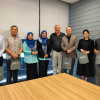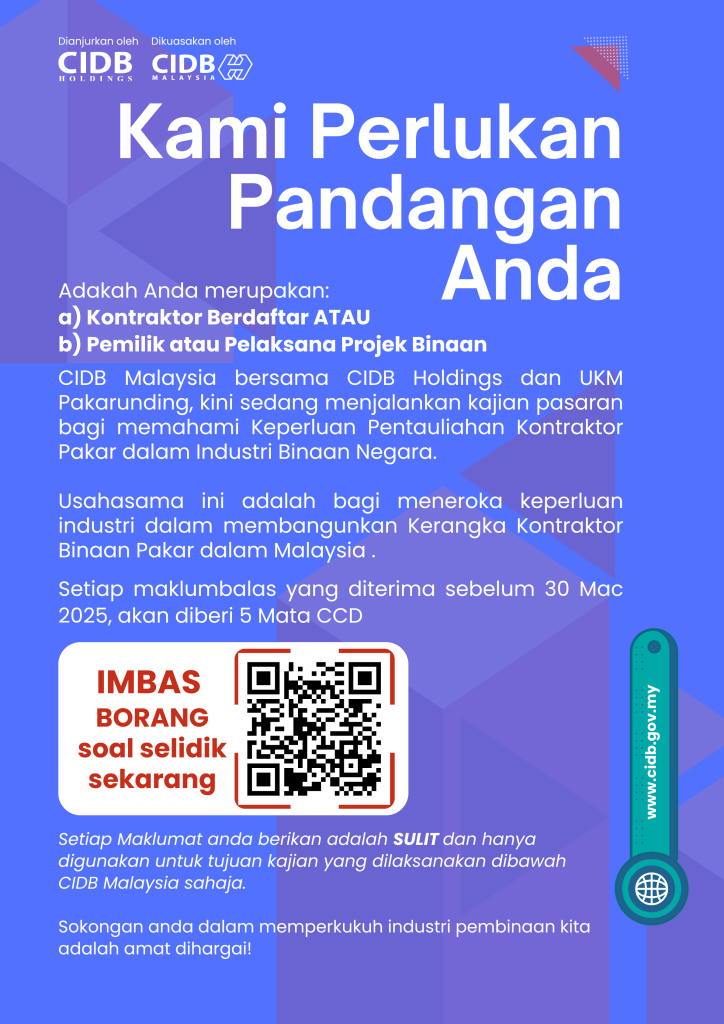
The demand for infrastructure in Asia is estimated to be up to US$1.7 trillion by 2030. For the construction industry, that is a huge business and will bring economic benefits to the sector and society. But on the other hand, the construction sector is responsible for a quarter and a third of the world’s greenhouse gas emissions. More construction means more global warming and weather changes like storms, flooding, droughts and bushfires.
How do we square off the demand for more buildings and infrastructure by addressing climate change? Buildings are becoming better designed to meet energy codes. In the best case, sourcing renewable energy for operational needs ensures that we have so-called “Net Zero” buildings, i.e. we are independent of fossil fuels and net zero carbon.
There are a handful of such buildings in the world with innovative technologies involving “passivhaus” techniques and others. However, the elephant in the room involves embodied carbon, i.e. the carbon used in the energy consumed to produce building materials (such as concrete and steel), the carbon footprint to transport the materials from source to site and the construction impacts from on-site generators.
If we do not consider what is called “the whole carbon” approach, we are missing a significant contributor to global warming and climate change.
Thankfully, industry standards like PAS 2080:2023 were developed by the British Standards Institute to assist the construction industry in identifying the carbon performance areas along the project life cycle (including end-of-life). The time for the construction sector to act is now.
Written by: Dr Thomas Tang, CEO of PJ Sustainability Consulting Limited, is a professional advisor to corporations on sustainability, climate resilience, urban design and social innovation. He is a UN Scholar, an adjunct professor and an author.















